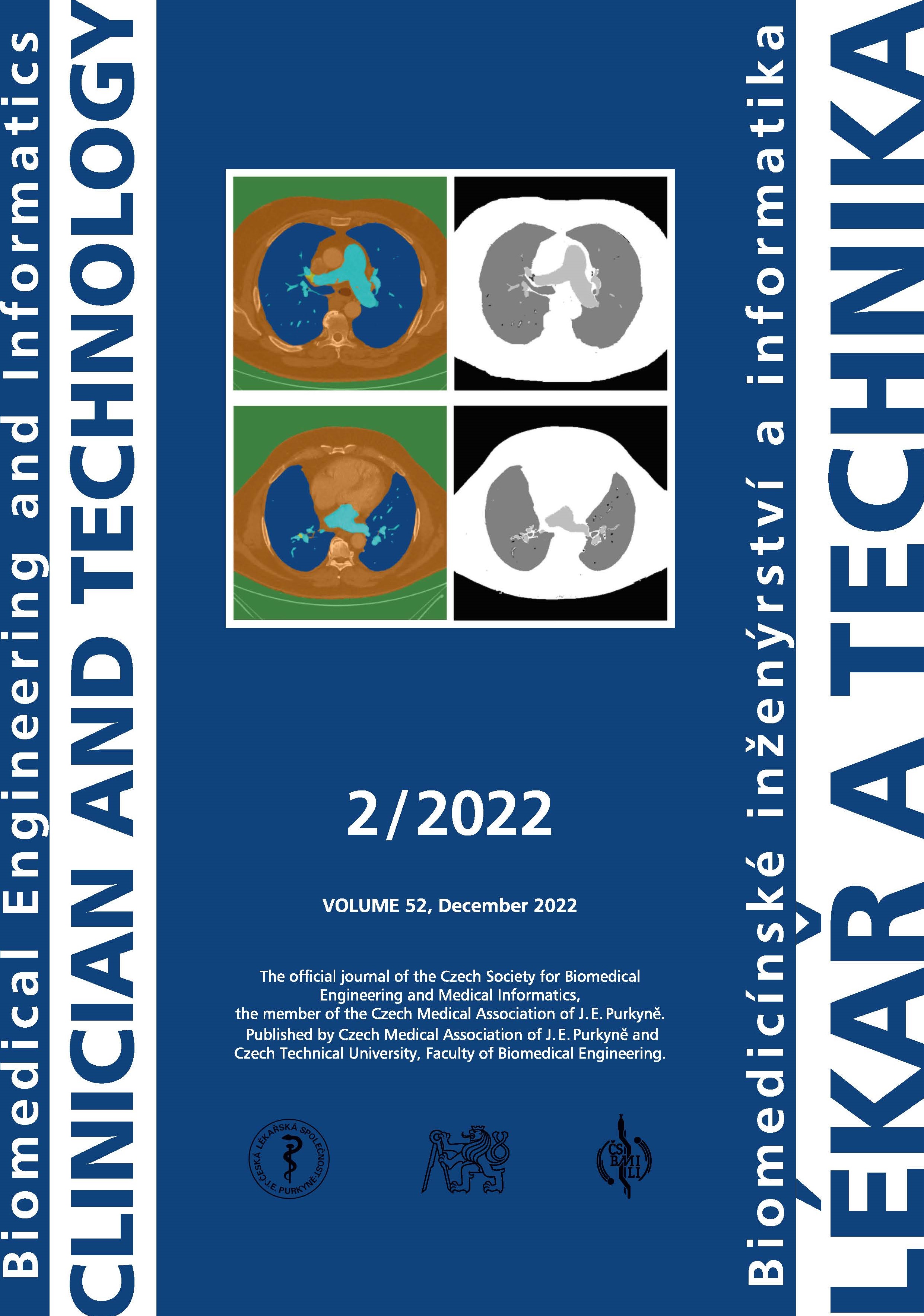BIOCOMPATIBLE CARBON NANOLAYERS FOR COATING LENSES
DOI:
https://doi.org/10.14311/CTJ.2022.2.02Abstract
As previous studies indicated, diamond-like carbon (DLC) layers exhibit outstanding biocompatible properties. Additionally, due to high hardness and high transmittance in infrared and visible parts of spectra it is possible to utilize for application ophthalmic optics. DLC layers are suitable for coating of spectacle lenses, contact lenses and even intraocular lenses. In this paper, we focused on transmittance and wear resistance of different commercially available spectacle lenses with surface modification and lenses with DLC layer. The lens transmittance depends on base material and its surface modification. Commercially manufactured lenses exhibit usual transmittance of 90±5%, while transmittance of DLC coated lenses was lower by 15%. Wear resistance is strongly dependent on surface modification. The results of DLC layers were similar or better than commercially manufactured lenses with surface modification.
Downloads
Published
Issue
Section
License
Copyright (c) 2022 Petr Písařík

This work is licensed under a Creative Commons Attribution 4.0 International License.
Authors who publish with this journal agree to the following terms:
- Authors retain copyright and grant the journal right of the first publication with the work simultaneously licensed under a Creative Commons Attribution License (https://creativecommons.org/licenses/by/4.0/) that allows others to share the work with an acknowledgment of the work's authorship and initial publication in CTJ.
- Authors are able to enter into separate, additional contractual arrangements for the non-exclusive distribution of the journal’s published version of the work (e.g., post it to an institutional repository or publish it in a book), with an acknowledgment of its initial publication in this journal.
- Authors are permitted and encouraged to post their work online (e.g., in institutional repositories or on their website or ResearchGate) prior to and during the submission process, as it can lead to productive exchanges.
CTJ requires that all of the content of the manuscript has been created by its respective authors or that permission to use a copyrighted material has been obtained by the authors before submitting the manuscript to CTJ. CTJ requires that authors have not used any copyrighted material illegally, as for example a picture from another journal or book, a photo, etc. It is the author’s responsibility to use only materials not violating the copyright law. When in doubt, CTJ may ask the authors to supply the pertinent permission or agreement about the use of a copyrighted material.
The opinions expressed in CTJ articles are those of authors and do not necessarily reflect the views of the publishers or the Czech Society for Biomedical Engineering and Medical Informatics.


